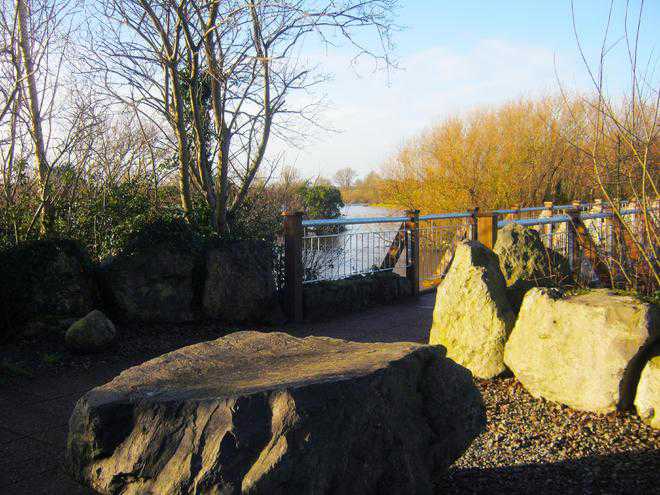Krishnaraj Iyengar
A short drive from Dublin brings you to a whole new world. Situated in the tranquil County Meath is one of the country’s oldest-known historic treasures. It is a Unesco World Heritage Site and a prehistoric monument about a kilometre from the Boyne river.
The area, known in Gaelic as Brú na Bóinneor ‘Palace on the Boyne’is a storehouse of tranquility. The river flowing over rocky terrain, the glow cast by the morning sun on the thicket of old trees and bridges and pathways that lead to the historic site are a prelude to the enigma. A tributary of the Boyne, namely the Mattock runs along the northern edge enveloping the Brú na Bóinnewith water. The megalithic passage graves of Knowth, Newgrange and Dowth, along with 90 additional monuments, are also present here.
It is believed that the site, a massive mound stretching across an elevated patch of green grass, was built during the Neolithic period, around 2500 BC-3000 BC. It is believed to predate Stonehenge, and even the Egyptian Pyramids. The mound, 76 m wide and 12 m high, contains a stone passage and interior chambers and is ringed by engraved keberstones. It is built by alternating layers of earth and stones with grass growing atop and a newly built façade of quartz stone and large rounded cobbles covering part of its circumference. Surrounding its perimeter are standing stones which are said to be added during the Bronze Age.
An interesting feature of this otherwise simple-looking prehistoric relic is the abstract Neolithic rock art carvings. While many believe that while these were just decorative, archeologists like M.J. O’Kelly say that they were symbolic as they were placed in areas not easily visible. Experts believe that the megalithic sites of Brú na Bóinne have archeo-astronomical significance. While Newgrange and Dowth have winter solstice alignments, Knowth is oriented towards the spring and autumn equinox. The entire layout of Brú na Bóinne is said to have astronomical significance reflecting a highly evolved system by the prehistoric inhabitants.
Among the several debated theories about the purpose of this site, is that it either had religious significance where cult rituals related to the dead were performed, or it was an astronomy-based faith that was practiced there. In the main room of the mound, the sun’s rays were probably captured during the shortest day of the year, the winter solstice, as a ritual. One can catch the sun at dawnshinning along the longpassageway illuminating the inner chamber and its carvings. This lasts for around 17 minutes. Today, visitors are given a re-enactment of the same using electric lights.
Unlock Exclusive Insights with The Tribune Premium
Take your experience further with Premium access.
Thought-provoking Opinions, Expert Analysis, In-depth Insights and other Member Only Benefits
Already a Member? Sign In Now










